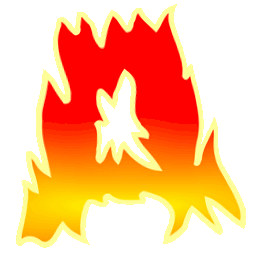-
Nichrome is a high resistivity material that heats up when current passes through it.
-
Nichrome wire is used in electric irons, heaters, etc.
-
-
A current carrying conductor in a magnetic field experiences a force.
-
This phenomenon is used in fans, motors, etc.
-
-
Lamps
-
Filament lamps (also known as incandescent light-bulbs)
-
The filament is made of a material called tungsten which has high resistivity and a high melting point.
-
Filament is made thin to increase resistance. It is shaped like a coiled coil. This reduces convection.
-
Bulb is filled with an inert gas to prevent tungsten from reacting with oxygen.
-
-
Fluorescent lamps
-
By passing current through mercury vapour, ultraviolet as well as visible light are produced.
-
Fluorescent powder absorbs ultraviolet and releases more visible light.
-
Note: Fluorescent lamps are more efficient than filament lamps.
-
-
Some formulas:
P = I V
P = I² R
-
Measurement of electrical energy
E = P t
-
Joule is a small unit so in practice electricity bills use a unit called kilowatt-hours (kWh) to measure electrical energy used.
-
To get answer in kilowatt-hours, put value of “P” in kilowatts and put value of “t” in hours.
-
Dangers of electricity
-
Damaged insulation
-
Touching the exposed live wire (with dangerously high potential) can result in electric shock.
-
-
Overheating of cables can cause fire.
-
Overheating can happen due to short-circuit or overloading.
-
-
Damp conditions
-
When hands are wet the resistance of the skin is reduced greatly.
-
-
-
Fuses and circuit breakers are used to stop excessive current flow.
-
Fuses, circuit breakers and switches are always fitted on the live wire so that appliances are not live when the circuit is broken. Otherwise, for example, a person repairing an electrical appliance can receive a shock.
-
Fuses with a rating slightly higher than the expected current should be used.
-
Wiring a plug
-
Colour code
-
Brown – Live wire
-
Blue – Neutral wire
-
Green / Yellow – Earth wire
-
-
Parts of a plug
-
Terminals
-
Cord grip
-
Wrap-round screws
-
-
-
Appliances with “double insulation” normally have a casing made of plastic (or other non-metal).
-
Earthing
-
If the casing is earthed:
-
When live wire touches the casing, excessive current will flow through the earth wire.
-
The fuse will melt and hence disconnect the appliance.
-
User will be safe.
-
-
If casing is not earthed:
-
When live wire touches the casing, the person touching it will receive an electric shock.
-
-
-
Go back to table of contents



